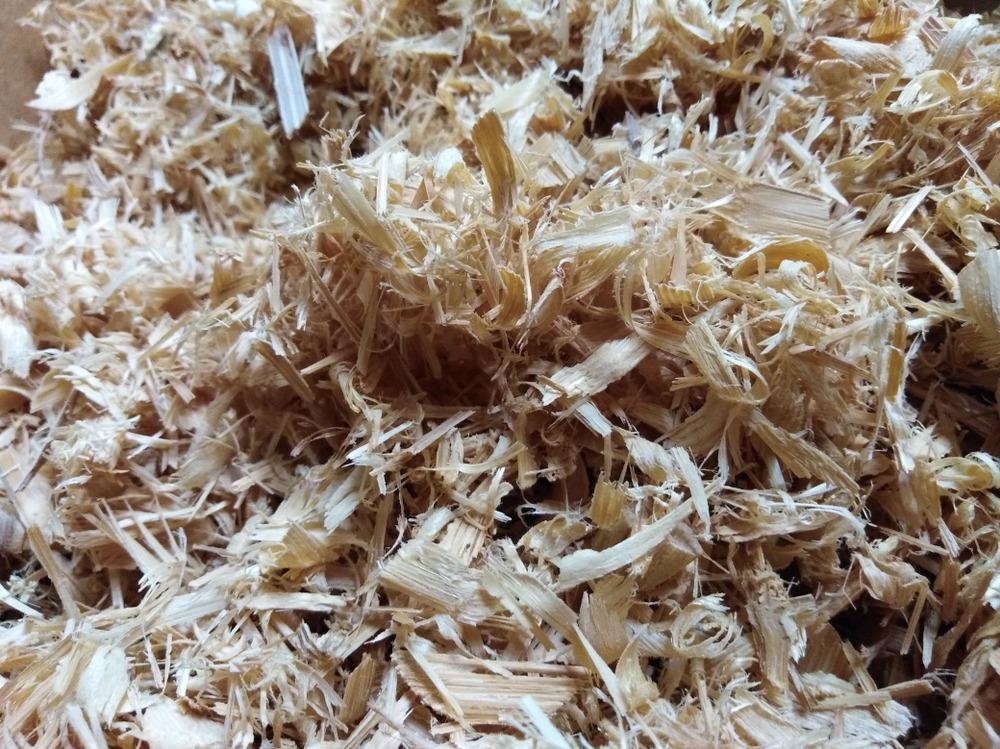Scientists from China and the USA have studied the co-pyrolysis of two waste streams: bamboo residue and used disposable face masks. The paper provides pertinent information for the development of biofuels and chemicals to valorize these waste streams. Their research has appeared in the journal Renewable Energy.

Study: Co-pyrolysis characteristics and synergistic interaction of bamboo residues and disposable face mask. Image Credit: Dej Mann/Shutterstock.com
Dealing with Disposable Facemask Waste
Whilst facemasks have been used in clinical settings and some countries for several years to prevent the spread of infection, their worldwide use has seen exponential growth since the beginning of the COVID-19 pandemic. In China alone, one hundred million facemasks per day have been produced since 2020.
As these face masks are meant to be used once and then disposed of, their production and use have caused vast amounts of waste to enter the environment. Indeed, whilst strides have been made to address waste such as polymer packaging, this causes problems for environmental remediation strategies.
Disposable face masks are constructed of mixtures of materials, mainly non-woven polypropylene in multi-layered arrangements. Like most waste, disposable face masks are typically disposed of in landfills or incinerated. Landfills use land and contaminate soil and groundwater. Incineration, whilst it reduces the volume of waste, causes the release of hazardous emissions and toxic chemicals into the environment.
There is clearly a need for better disposal methods of disposable facemasks that reduce the levels of environmental waste, pollution, and harmful emissions. Due to the growing issues with disposable facemask waste, research has focused on developing more environmentally friendly solutions which can produce value-added products from these waste streams.
Co-pyrolysis Methods
Co-pyrolysis methods have gained significant research interest in recent decades for tackling several polymer waste streams. It is well-established that material properties can influence the performance and characteristics of co-pyrolysis processes. In these methods, a synergistic relationship occurs between polymers and biomass. This synergistic interaction accelerates gas component evolution.
Several studies have investigated co-pyrolysis methods utilizing different organic biomass wastes. For instance, studies on the co-pyrolysis of pinewood and polypropylene have produced significant yields of hydrogen and carbon monoxide. Other studies have demonstrated that hydrogen and hydrocarbons can be produced using co-pyrolysis processes.
Using common biomass wastes from industries such as agriculture and forestry provides a promising route to valorizing disposable face mask waste streams to produce commercial products such as hydrocarbons and industrial chemicals.
The Study
The new paper in Renewable Energy has investigated the use of a biomass waste stream, bamboo, for the co-pyrolysis of disposable facemasks to produce value-added products from disposable face masks.
Bamboo is a quick-growing, abundant plant that grows in several parts of the world. This organic resource has been widely exploited in the construction, carpentry, and furniture industries to manufacture several products such as flooring, chairs, and building panels. Bamboo waste has been used in several industrial processes, including solid waste and gaseous by-products.
Bamboo pyrolysis is a complex process involving several reactions in parallel with each other. This is necessary as bamboo is composed of different proportions of lignin, cellulose, and hemicellulose, which have different pyrolysis characteristics. Different temperatures are required to pyrolyze the different components of bamboo plants. Several studies have attempted to improve the process of bamboo pyrolysis.
The authors have stated that despite previous studies investigating the co-pyrolysis of bamboo and polymers such as polypropylene, few have specifically characterized the co-pyrolysis properties of bamboo waste and disposable facemask waste.
To address this research shortcoming, the authors prepared samples with different proportions of bamboo and disposable facemask waste. A thermogravimetric analyzer was coupled with FTIR spectroscopy for sample analysis. Samples ranged from 100% bamboo/0% disposable facemask to 0% bamboo/100% facemask.
To determine the synergistic co-pyrolysis mechanisms, the authors analyzed gaseous products and their chemical composition changes. Three model-free kinetic methods and one model-based model were employed in the research to calculate the co-pyrolysis process’s kinetics.
Study Findings
The authors demonstrated the presence of two stages during the co-pyrolysis of samples. The first stage is dominated by bamboo, whilst the second stage is driven by the disposable facemask waste materials. Facemasks have the highest activation energy. The pyrolysis of the facemask materials was aided by bamboo pyrolysis, displaying a complementary and synergistic reaction mechanism.
Co-pyrolysis with bamboo reduced the activation energy necessary for pyrolysis of disposable facemask materials. Several gaseous by-products were released in the two stages of pyrolysis, including H2, CO, CO2, CH4, and C-O-C groups.
The authors have proposed that pyrolysis products can be used for different value-added products. Solid by-products could be used for biofuels, whereas liquid and gaseous products can be used to produce industrial chemicals. A 90%/10% co-pyrolysis blend of bamboo/disposable face mask produces the maximum amount of C=O groups, which are extremely useful for chemical production.
In summary, the research has demonstrated the benefits of bamboo and disposable face mask co-pyrolysis and provided a crucial characterization of processes using these two types of material. Furthermore, it provides a beneficial route to the disposal of hazardous disposable face mask waste and provides a strategy for producing value-added products from them in line with the circular economy model.
More from AZoM: Considering the Behavior of Doped SrTiO3 Ceramics
Further Reading
Hou, Y et al. (2022) Co-pyrolysis characteristics and synergistic interaction of bamboo residues and disposable face mask Renewable Energy 194 pp. 415-425 [online] sciencedirect.com. Available at: https://www.sciencedirect.com/science/article/pii/S0960148122007625?via%3Dihub
Disclaimer: The views expressed here are those of the author expressed in their private capacity and do not necessarily represent the views of AZoM.com Limited T/A AZoNetwork the owner and operator of this website. This disclaimer forms part of the Terms and conditions of use of this website.